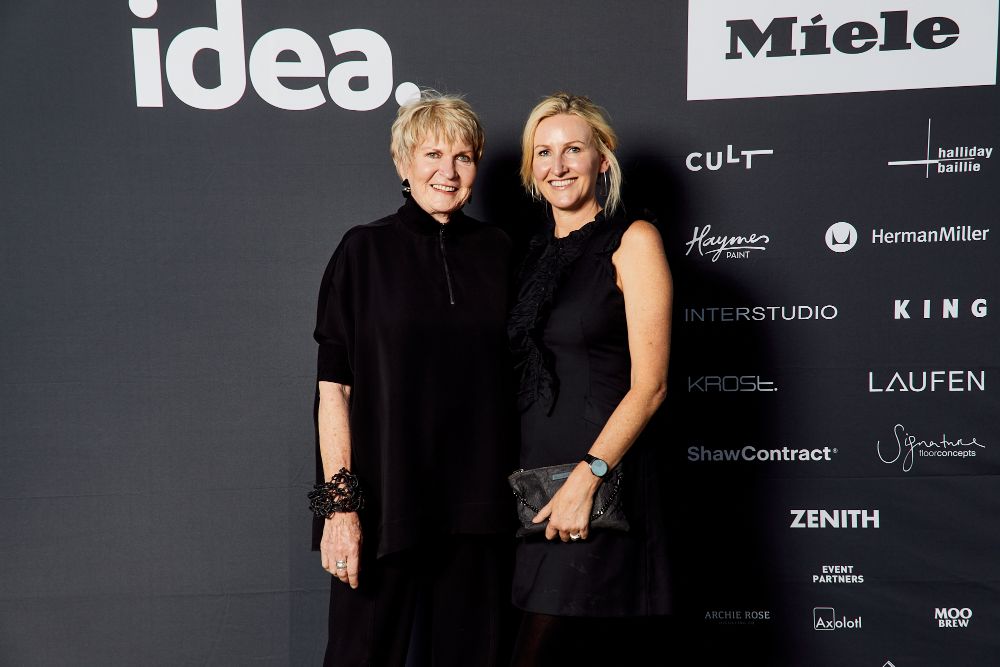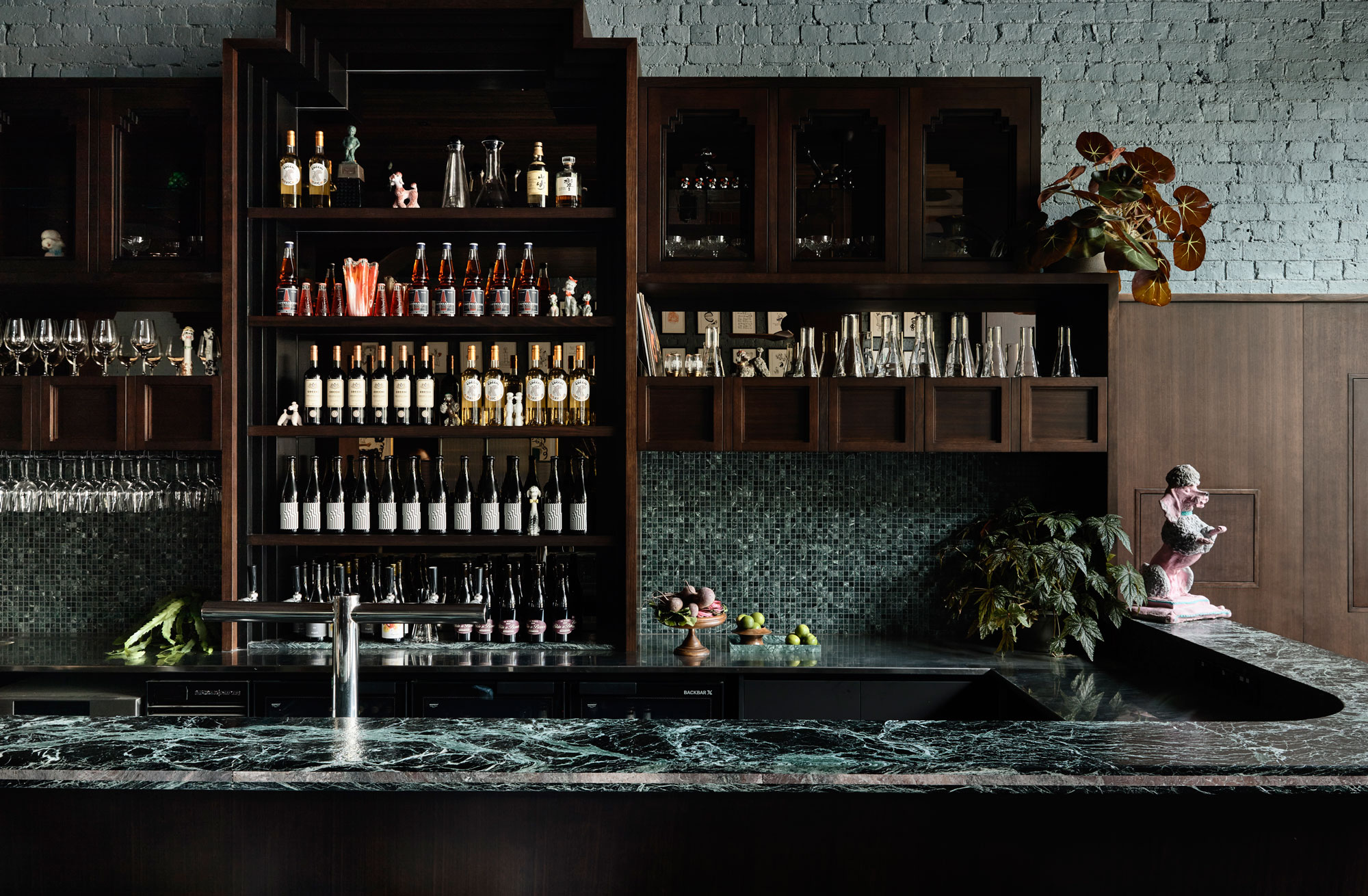
There’s only one week to go until IDEA 2020 opens
Share
With only one week to go until IDEA 2020 opens, we’ve put together a handy guide on all the categories in this year’s awards, so you’ll know which one is the perfect fit for your project.
Since its inception in 2003, IDEA has grown and expanded to include 14 categories spanning all facets of the interior design industry.
The annual awards also has five special categories that celebrate the very best of the year’s projects and the designers or studios who produced them.
A panel of seven judges, who will be revealed next week, will choose the winners of IDEA 2020.
Colour
The project that used colour, including black and white, to the best possible outcome – whether for aesthetics, form delineation, utility or brand presence. As appropriate to the project, colour used in wall, floor, ceiling, interior, exterior, furnishings, lighting, objects and art will all be considered, as will balance, fluidity and relevance of colour use. Originality will also be considered.
2019 winner: Flack Studio in collaboration with Grazia & Co for NGV Rigg Prize ‘We’ve boundless plains to share’
Event
Pop-up shops, theatrical staging, exhibitions, marquees and other temporary installations-cum-event spaces are eligible for this category. While clever, readily demountable design is likely to dominate here, the manner in which it contributes to the experience of the event itself is absolutely key.
2019 winner: Liminal Spaces in collaboration with Dancenorth for Dust and National Gallery of Victoria in collaboration with nendo for Escher x nendo: Between Two Worlds
Hospitality
Cafés, bars, restaurants, spas, gyms, wellness centres and hotels are eligible for this category. Functionality and smart planning are important considerations for the jury here, but just as important will be the ways in which the design works with the program and personality of the venue to deliver that all-important memorable experience, drawing the clientele back for more.
2019 winner: Genesin Studio in collaboration with Peculiar Familia – Branding & Graphic Designer for Ban Ban
Institutional
This category is open to any interior design projects funded by a public body and/or that are dedicated to public care. Projects suitable for inclusion are institutional buildings such as schools, colleges, universities, hospitals, medical centres, aged care facilities, nursing homes and prisons.
2019 winner: BVN’s Our Lady of the Assumption Catholic Primary School
International
This award recognises Australian design excellence overseas. Qualities under consideration include decoration and spatial acumen as integral to the ‘look and feel’ of the design. The selection of lighting, fixtures, fittings, hard and soft furnishings etc comes into play here, but the handling of space, light and structure is also of key concern. Any project an Australian practice has been involved with overseas is eligible.
2019 winner: Travis Walton Architecture’s Sibling Espresso
Object – Furniture and Lighting (Professional)
This category serves as a showcase of the best Australian furniture and lighting design. Work submitted to this category will be judged on form and function; however, objects that demonstrate genuine innovation (be it in terms of materials, manufacturing, distribution or functionality etc) will be highly regarded.
2019 winner: Instyle’s Ecoustic Sculpt
Object – Furniture and Lighting (Rising)
This category showcases the brightest rising stars of Australian furniture and lighting design. The work submitted to this category will be judged on form and function; however, objects that demonstrate genuine innovation (be it in terms of materials, manufacturing, distribution or functionality etc) will be highly regarded. This category is specifically for students or recent gradates (less than three years since graduating).
2019 winner: (OUYSE) / brass wall sconce_..
Public Space
This category is open to any interior design projects funded by a public body and/or that are dedicated to public use. Projects suitable for inclusion are foyers, malls, airports, transport centres, churches, temples, entertainment venues, reception/event venues, libraries, cinemas, theatres, concert halls, museums, galleries, community centres, retirement villages, boarding houses, law courts, law enforcement offices, parliamentary buildings, mortuaries, cemeteries and parks.
2019 winner: Tzannes’ Dangrove Art Storage Facility
Residential Decoration
This category is all about the dressing of residential interiors and how that contributes to enhance the experience of inhabitation. Unlike the other two Residential categories, Residential Decoration is concerned purely with qualities brought to an existing dwelling by a designer who may have had little or no input into its architectural elements. The selection of furnishings, both soft and hard, colour, surfaces, and fixtures and fittings are all of key importance here.
2019 winner: Flack Studio’s Elmore
Residential Multi
This category relates exclusively to designs for multi-unit residential complexes; i.e. interior designs that apply to more than one dwelling. Much like the Residential-Single category, spatial planning and programming, and its relationship to the ‘look and feel’ of the design are critical. Importantly though, the design will also be considered with regards to the strictures of multi-unit, template-based design. In this respect, attention will be paid to qualities of modularity and economy of construction, and how the design contributes to the rationing and exploitation of space and the provision of amenity. Absolutely essential to this will be an understanding of how the design reflects its target market demographic.
2019 winner: Woods Bagot’s 537 Elizabeth Street
Residential Single
This award recognises excellence in the interior design of a single dwelling. Qualities under consideration include spatial planning and programming, and its relationship to the ‘look and feel’ of the design. The selection of lighting, fixtures, fittings, hard and soft furnishings etc comes into play here, while the handling of space, light and structure is also of key concern. Hence, designs that have been dealt with in this respect as a totality (interior architecture and interior design) will be highly regarded. Single apartments, townhouses, terraces and standalone dwellings are all eligible.
2019 winner: Renato D’Ettorre Architects’ GB House
Retail
Submissions to this category denote retail fitouts that demonstrate a good understanding of all the things that contribute to making a shopper’s visit to a store a memorable one (and, of course, a profitable one for the store in question).
2019 winner: Design Office’s Mastani
Workplace Over 1000sqm
A category for large commercial office designs. Key considerations here include how a commercial fitout has been designed to enhance the efficiency of the workplace, not just from the perspective of user productivity, but also with regards to comfort and happiness.
2019 Winner: HASSELL in collaboration with Arup for Arup Melbourne
Workplace Under 1000sqm
This category for the smaller, more bespoke office solutions with often concomitantly more tightly constrained budgets. Considerations include: brief, concept, projection of company brand and ethos, support of workplace culture, where applicable client ease of use, spatial acumen, parameters, decoration, lighting, sustainability, innovation and originality of design outcome.
2019 winner: Branch Studio Architect’s Piazza dell’Ufficio
Special award categories
Overall Winner
The most outstanding design among the individual category winners for that year. The winner will be the project that is deemed to have best addressed the challenges common to its category/typology and its brief.
2019 winner: Tzannes’ Dangrove Art Storage Facility
Designer of the Year
Any designer and/or design practice that has submitted work to this year’s IDEA competition may be considered for the Designer of the Year award.
2019 winner: Kennedy Nolan
Emerging Designer
Only designers and/or design practices that have been in practice for less than five years are eligible. Any practice that fits this criterion that has submitted work to this year’s IDEA competition can opt to be considered for the Emerging Designer award.
2019 winner: Adele McNab Architect
Sustainability
The submission that demonstrates the most convincing and holistic address to the challenges of designing sustainably, celebrating work that is good for the planet.
2019 winner: BVN’s Our Lady of the Assumption Catholic Primary School
Gold Medal
The year’s most prestigious award given in recognition of those practitioners who have made an influential and enduring contribution to Australian design culture over the course of a career.
2019 winner: SJB’s Andrew Parr
Editor’s Medal
The editor’s medal is awarded by inside editor Elisa Scarton and is selected from the projects entered.
2019 winner: Flack Studio
Entries for IDEA 2020 open on 27 February. To take advantage of the early bird entry fee, submit your project by 27 March.
Check out the Overall Winners from every past edition of IDEA as we trawl through our design archives.
You Might also Like




















